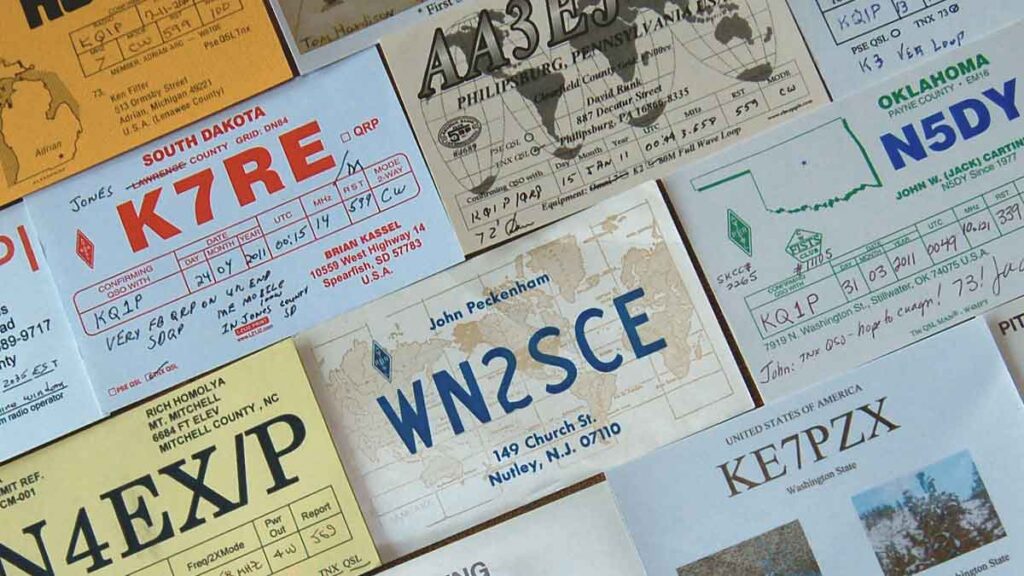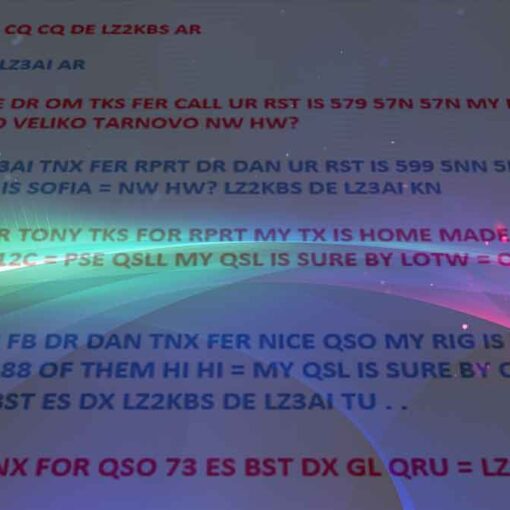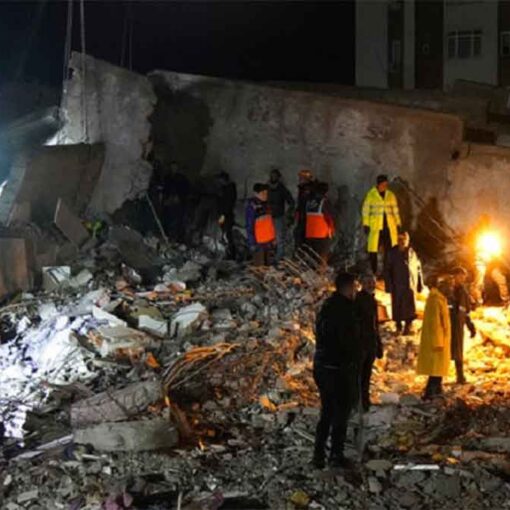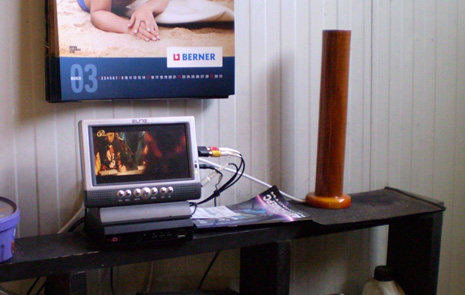The tradition of exchanging QSL cards is as old as amateur radio communications themselves.
Most radio amateurs print their own QSL cards. There are clubs that print out for their members types in which the operator adds his name.
The most common sizes are 9×14 cm.
There is no established standard for them, but there are attributes that are mandatory. At a minimum, the QSL card must contain:
- Your initial;
- Correspondence address;
- The initial of your correspondent;
- The date and time of the established radio connection;
- Mode of operation;
- The signal report depending on the operation mode;
- The frequency range or exact frequency;
- For VHF/Microwave radio communication – QTH locator (for example KN12PQ).
Even when you are not planning VHF/Microwave work, it is good practice to have the QTH locator present on the QSL card or applied additionally to mobile radio links.
Many radio amateurs also add other information that would be interesting or useful to correspondents – QSL manager (if available), equipment, power, antennas, etc.
It is good to have something personal written by the sender of the card, at least 73 and a signature.
Some common abbreviations for operating modes for recording on the QSL card and in the logbook:
| CW | Telegraphy |
| DATA | Data transmission – telemetry, remote control, computer-to-computer connections |
| IMAGE | Fax and different types of TV |
| MCW | Tone Telegraphy |
| SSB | Single-band modulation |
| PHONE | Speech and other sounds |
| FM | Frequency Modulation |
| AM | Amplitude Modulation |
| RTTY | Direct print telegraphy – may also include AMTOR |
| SS | Broad spectrum |
| TEST | Test broadcasts |
| PULSE | Main carrier modulation |
If you want to exchange QSL cards, write a text like: “QSL please, thank you! I will send mine to you via the QSL desk”. The QSL is a postcard format filled with a report confirming your connection.
QSL cards can be sent directly to the correspondent’s address or through the QSL offices. Almost all national radio amateur organizations that are members of the IARU exchange their members’ QSL cards. Some stations exchange cards through a QSL manager who takes care of his/her mail. Information about this is given in each connection or in case of heavy load over several connections. It is important to listen and record this information. More details about the managers are published and can be found on the Internet.
QSL cards are now also exchanged electronically.




